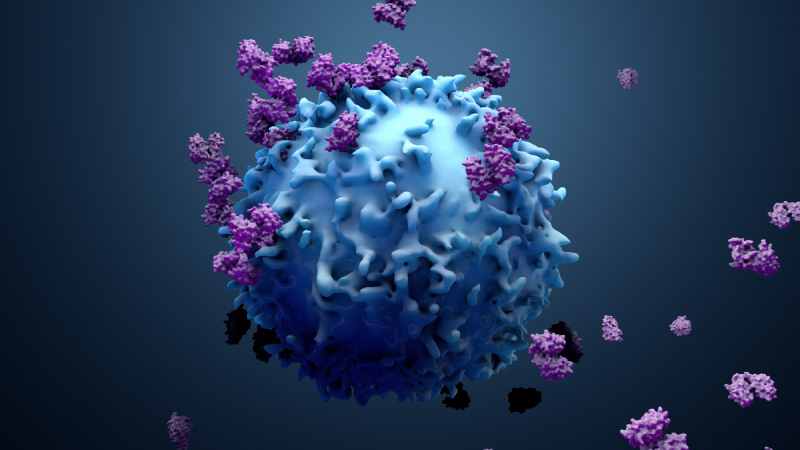What to Know About Optimal Luspatercept Use in Lower-Risk MDS
By Jamile Shammo, MD, David Swoboda, MD, Saeed Sadeghi, MD, Christopher Benton, MD, Andrew Moreno - Last Updated: October 23, 2024In a series of roundtable discussions, an expert panel moderated by Jamile Shammo, MD, of Northwestern University, explored current issues in myelodysplastic syndrome (MDS) care. The panel included David Swoboda, MD, of Tampa General Hospital; Saeed Sadeghi, MD, of the David Geffen School of Medicine; and Christopher Benton, MD, of Rocky Mountain Cancer Centers.
In this segment, members of the panel were asked what place luspatercept holds within their respective practices when treating anemia in lower-risk MDS, especially relative to erythropoiesis-stimulating agents (ESAs).
The experts all responded that luspatercept is at the forefront of their management in this setting, namely for its excellent performance in the phase III COMMANDS trial. Dr. Sadeghi described it as his go-to drug for patients with transfusion-dependent disease and proposed it might be ideal even for non-transfusion-dependent patients. In Dr. Swoboda’s experience, luspatercept is even effective for higher-risk disease and only patients who have disease with more than five mutations have no response.
Dr. Benton, too, finds luspatercept effective in higher-risk MDS and across molecular subtypes of the disease. However, he noted there are still populations where he would consider using ESAs instead, such as “patients who have renal dysfunction and maybe significantly low erythropoietin levels and may also have a contribution of their anemia from their renal dysfunction.”
Expanding on Dr. Benton’s remarks, Dr. Shammo said it is important for clinicians to consider which patient populations ESAs would still be a better approach than luspatercept, along with agent sequencing, which is a topic not deeply explored yet in clinical trials.
Dr. Shammo added that questions remain from the COMMANDS data. In her view, the trial did not definitively answer if luspatercept benefits ring sideroblast-negative patients. It also did not account for all the subtle differences between disease subtypes in patients, which may have bearing on agent efficacy.
“We all need to know a little bit more about what happens in someone who may have low erythropoietin level, ring sideroblast-negative, and very low mutational burden. How might they fare,” Dr. Shammo said.






 © 2025 Mashup Media, LLC, a Formedics Property. All Rights Reserved.
© 2025 Mashup Media, LLC, a Formedics Property. All Rights Reserved.